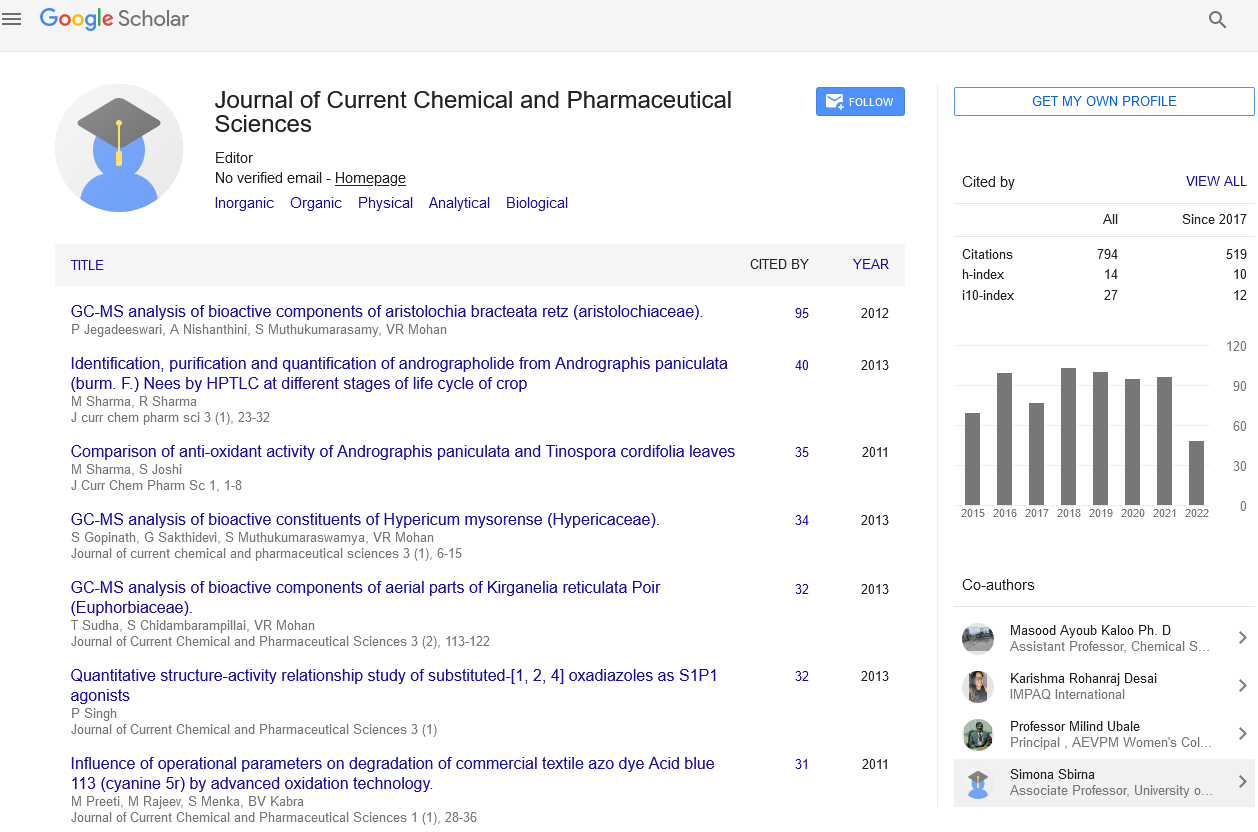Abstract
Molecular Descriptors in the Rationale of α- and β- Sulfone Piperidine Hydroxamate Inhibitors of TACE and MMP
Author(s): P. Singh and Nidhi ShekhawaTumor necrosis factor-α converting enzyme (TACE) and matrix metalloproteinases (MMP-2 and MMP-13) inhibition activities of α- and β-sulfone piperidine hydroxamic acid derivatives have been quantitatively analyzed in terms of chemometric descriptors. The identified descriptors, have highlighted the role of the weaker forces (polarization or van der Waals types) and the electronic effect for inhibition of the TACE. The flexibility in a compound and presence of certain structural fragments are prerequisite for inhibition of the MMP-2 while the atom centered fragments, in addition to some structural moieties are responsible for inhibition of the MMP-13. PLS analysis has further confirmed the dominance of the CPâ€ÂMLR identified descriptors. Applicability domain analysis revealed that the suggested models have acceptable predictability. Except one outlier compound predicted for MMP-2 activity, all the compounds were within the applicability domain of the proposed models of TACE, MMP-13 and MMP-2 activities and were evaluated correctly. The guidelines provided may be helpful in exploring more potential analogues of the series. The in vivo inhibition activities for LPS-stimulated TNF production in Raw Cells and human whole blood (HWB), reported for a few compounds, have also been correlated with such descriptors. The descriptors for inhibition of Raw Cells have emphasized the significance of lag 2 and lag 3 of autocorrelations weighted, respectively, by atomic van der Waals volumes and atomic Sanderson electronegativities. The electronic and polarizability weighted descriptors, on the other hand, have exhibited their importance in the inhibition of HWB.
